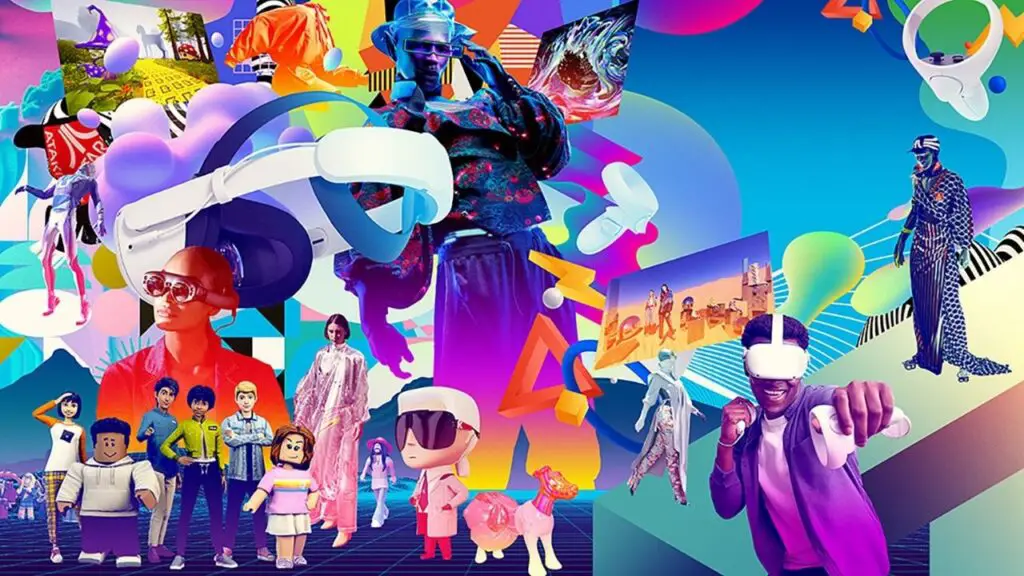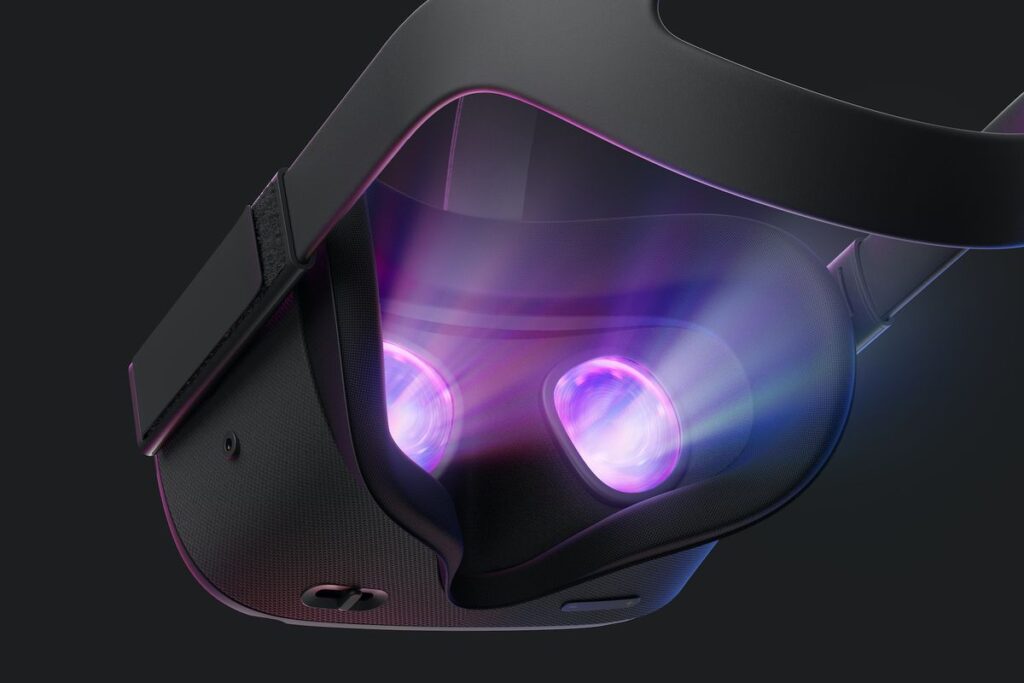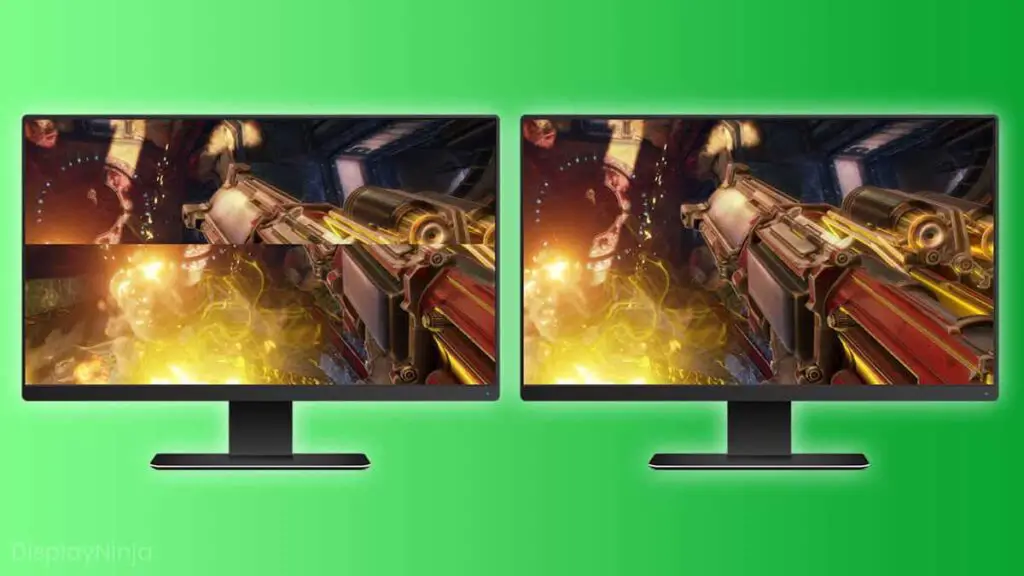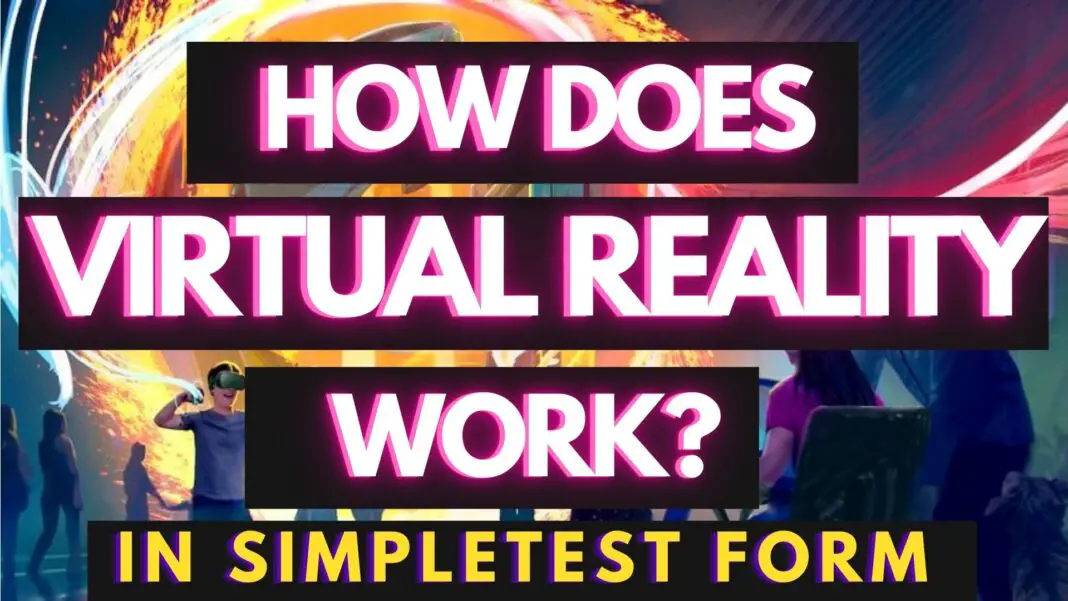How Does Virtual Reality Work? Guide For All VR Users
Virtual Reality Is A Way To Create A Computer-generated Environment That Immerses The User In A Virtual World. When We Put On A VR Headset, It Takes Us To A Simulated Setup That Makes Us Completely Separate From The Real Environment. If You Ever Put One On, You’d Know Exactly What I’m Talking About.
From an experiential point of view, we understand the concept, but what about the technical background that makes it all possible? Do you really know how virtual reality works?
Since the VR industry is expanding at a rapid speed thanks to the Metaverse and as a result, the number of VR users is increasing day by day…
And that’s why we decided to start a new series to educate new VR users, players and every person that is interested in Virtual Reality.
In this post, we will understand the technology behind virtual reality and the basic terminology surrounding the development of a simulated ecosystem for a head-mounted display (HMD).
So let’s learn how virtual reality works!
A MUST Read : META: Everything You Need To Know About META In 2022

The Basics Of How VR Works:
The main subject of virtual reality is the simulation of vision. Each headset aims to perfect its approach to creating an immersive 3D environment.
Each VR headset places a screen (or two – one for each eye) in front of the eyes, eliminating any interaction with the real world.
Two autofocus lenses are usually placed between the screen and the eyes which adjust according to the movement and positioning of each eye.
Related:
HOW The Metaverse BOOSTED The Consumer VR Market?

To create a truly immersive virtual reality, certain prerequisites must be met: a frame rate of at least 60 frames per second, an equally competent refresh rate and a field of view of at least 100 degrees (FOV) (although 180 degrees is ideal).
- Frame rate is how often the GPU can process frames per second,
- Screen refresh rate is the display rate to render frames,
- And FOV is how far the screen can sustain eye and head movements.
If either fails to perform to standard, the user may experience latency, that is, too long a lag between their actions and the screen’s response.
We need a response of fewer than 20 milliseconds to trick the brain, which is achieved by combining all the above factors in the right proportion.

Another issue that needs to be addressed here is to avoid tearing (computing sickness) resulting from inconsistency between frame rate and refresh rate.
If the GPU frames per second are higher than the screen refresh rate, the image may be distorted.
To counter this problem, we limit the frame rate to the refresh rate of the monitor using a technique called Vertical Sync (VSync).

Of the major headsets available today, Vive and Rift both have 110 degrees FOVs, Valve index comes with 130 degrees FOV and Oculus Quest 2 with 89 degrees (+- 4°)
As for the frame rate, both HTC Vive and Oculus Rift come with 90hz displays, Both Oculus Quest 2 and Valve Index comes with 120 Hz, while the PlayStation VR offers a 60hz display.
Other Elements Of VR Technology:
In addition to the image, there are other elements that go into creating an immersive VR experience, making users completely engrossed in the virtual environment.
The Impact of Sound:
Sound effects, when synced with visuals, can create some very engaging effects. The use of a VR headset and 3D sound effects reassures the user of his confidence in the virtual environment.
When creating sound effects, care must be taken to ensure consistency between graphics and sound. If you start playing horror music in the background of a fairy tale movie, the user will just be confused.
Read Oculus Quest 2 Tricks That Meta Doesn’t Teach:
8 Oculus Quest 2 Tricks That Everyone Should Know
Eye and Head Tracking:
Eye and head tracking can be provided using laser pointers, LED lights, or mobile sensors.
On mobile, we use the accelerometer to detect three-dimensional movements, the gyroscope for angular movements, and the magnetometer to identify the position relative to the Earth.
If we need to achieve very high precision, cameras and sensors can be installed in the room where you use the headset. Although this setup is much more expensive compared to using basic phone sensors.

What Can You Expect In The Future?
So that’s how Virtual Reality works… Going forward, we will see rapid progress in creating a truly immersive digital experience.
With major players like Google, Microsoft, Oculus and HTC making huge efforts to improve current capabilities, we are not far from reaching a virtual reality that would be so much better than the real world.
VR technology offers countless opportunities for brands to create stunning marketing content. This approach will allow them not only to win customers but also to establish themselves as the leader in innovation.
Suggested:
Top 25 Essential Best SideQuest Games To Sideload On Oculus Quest 1 & 2



